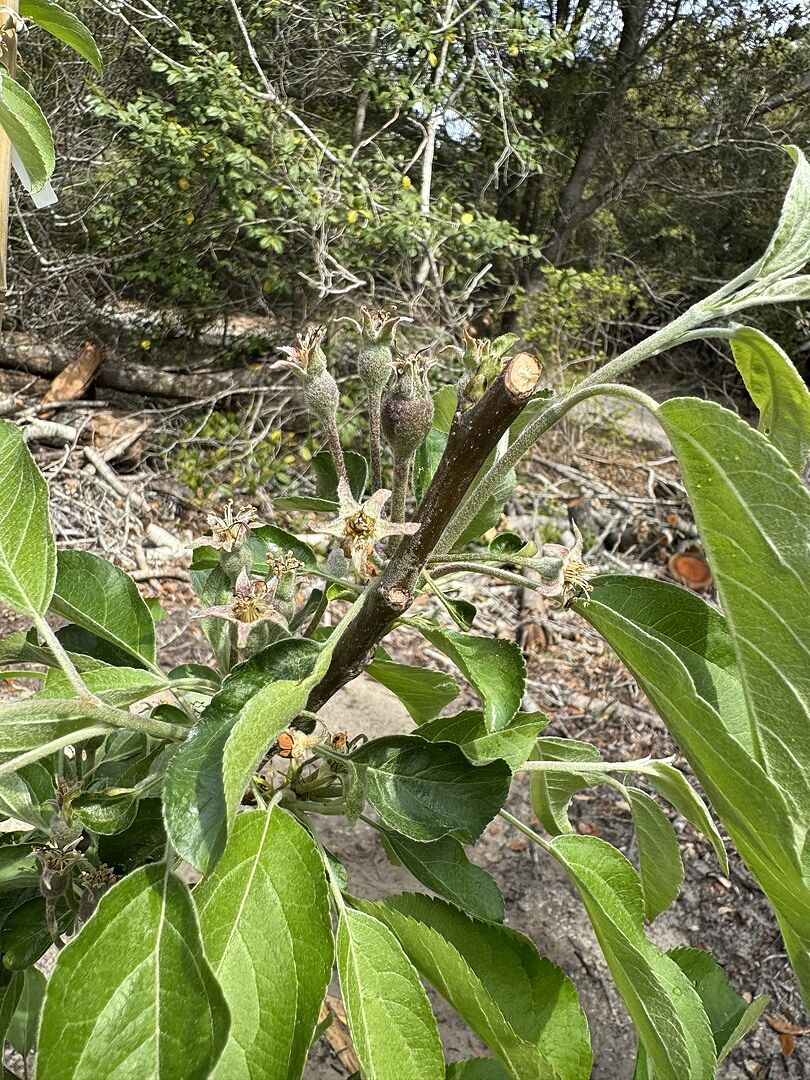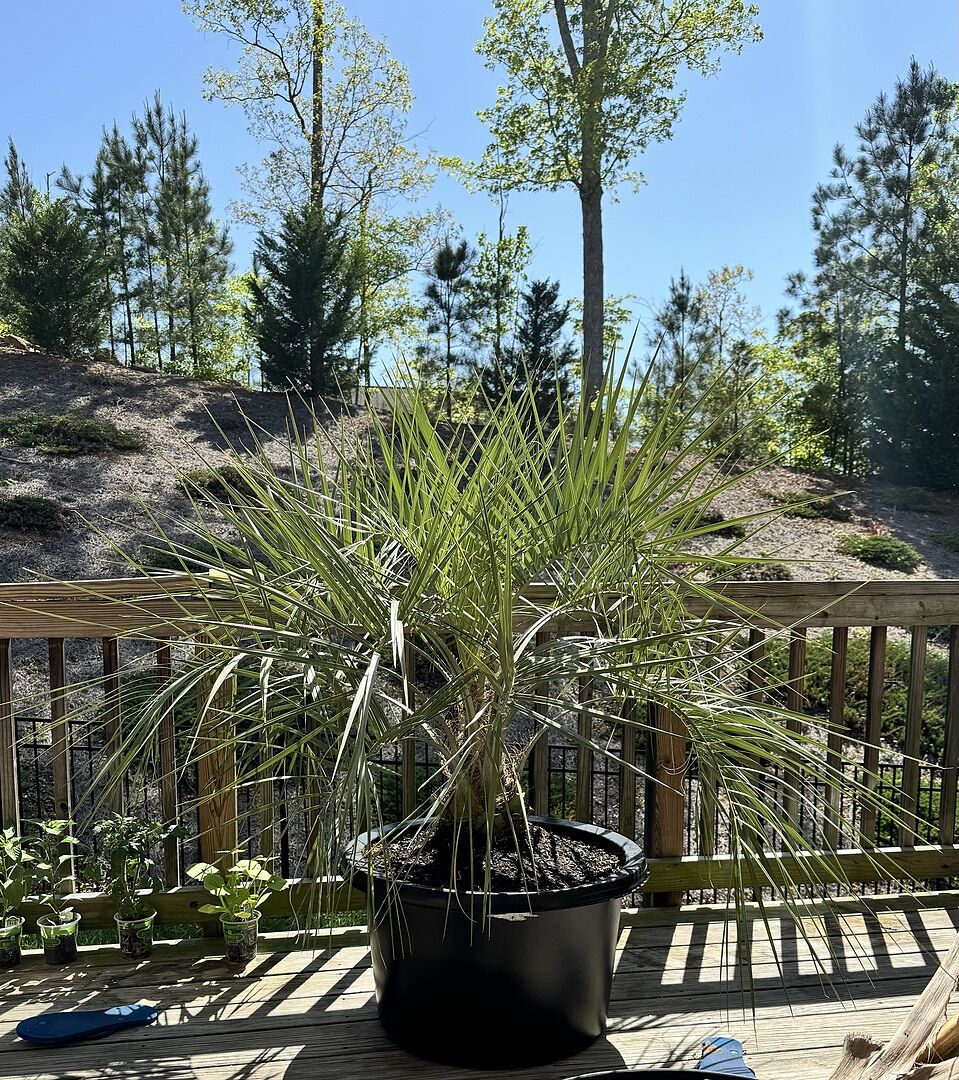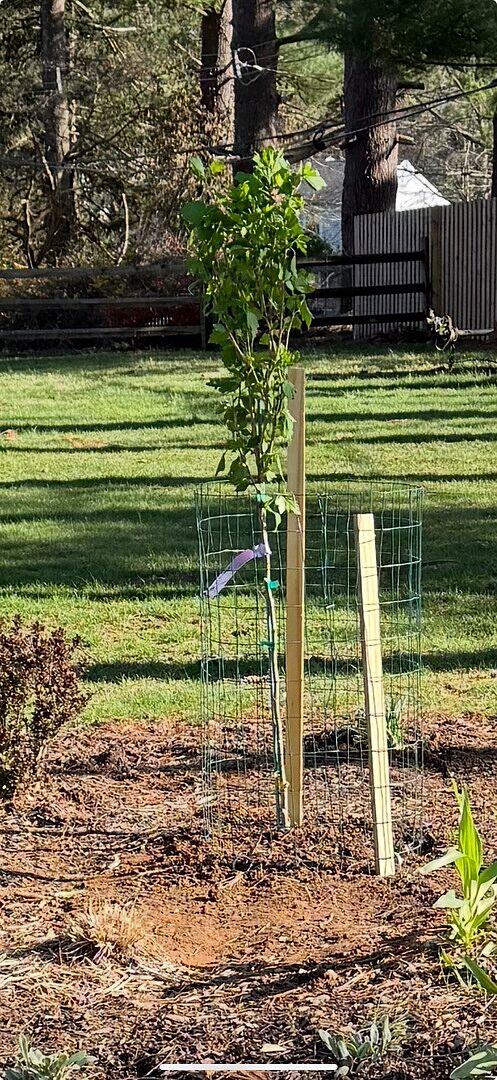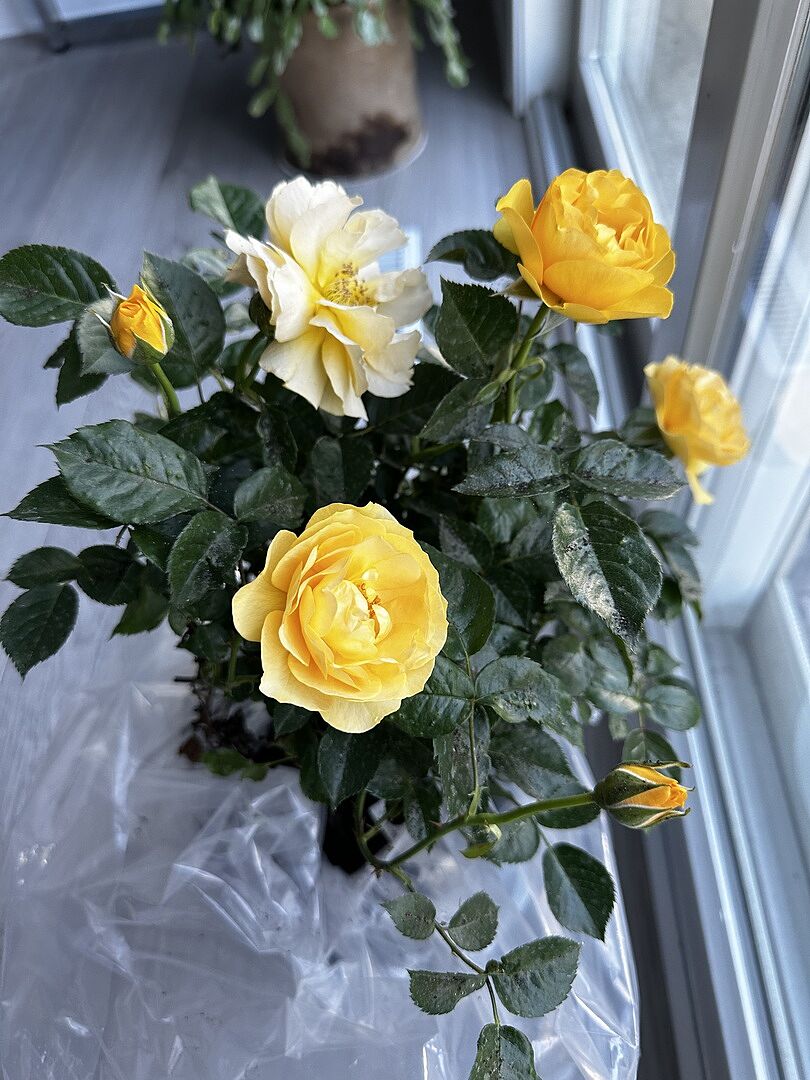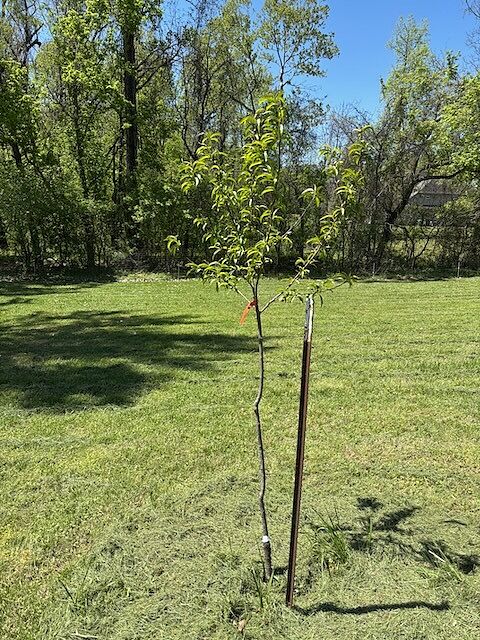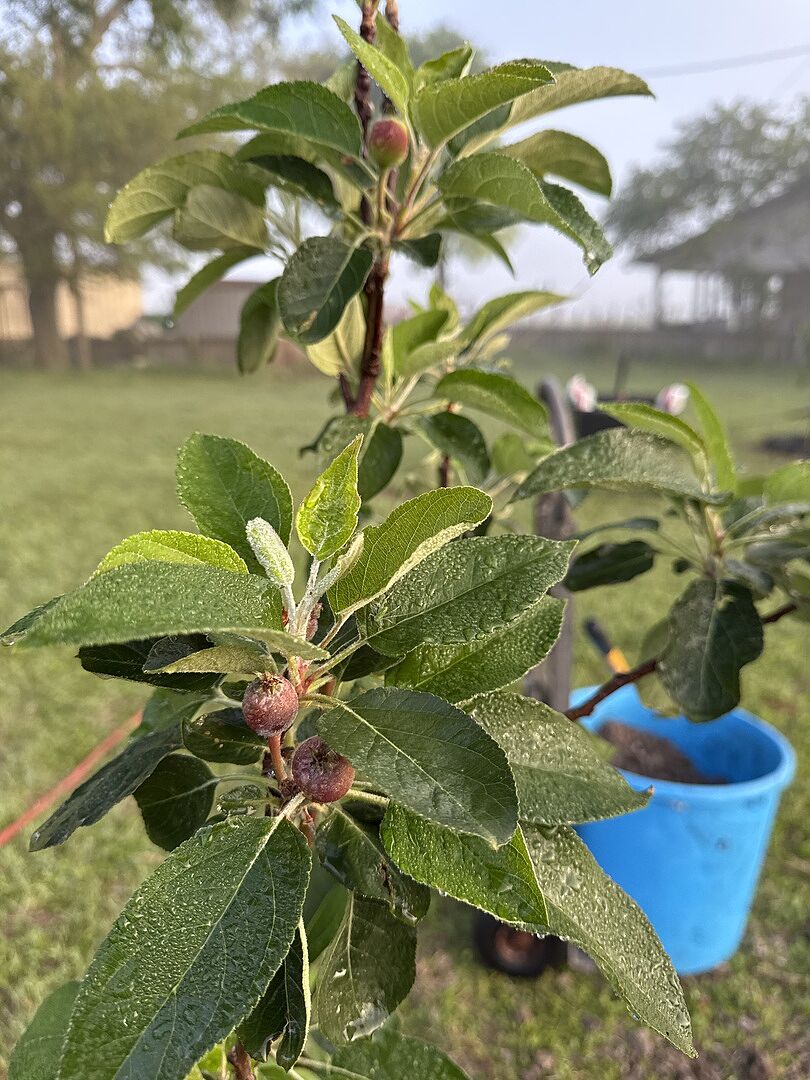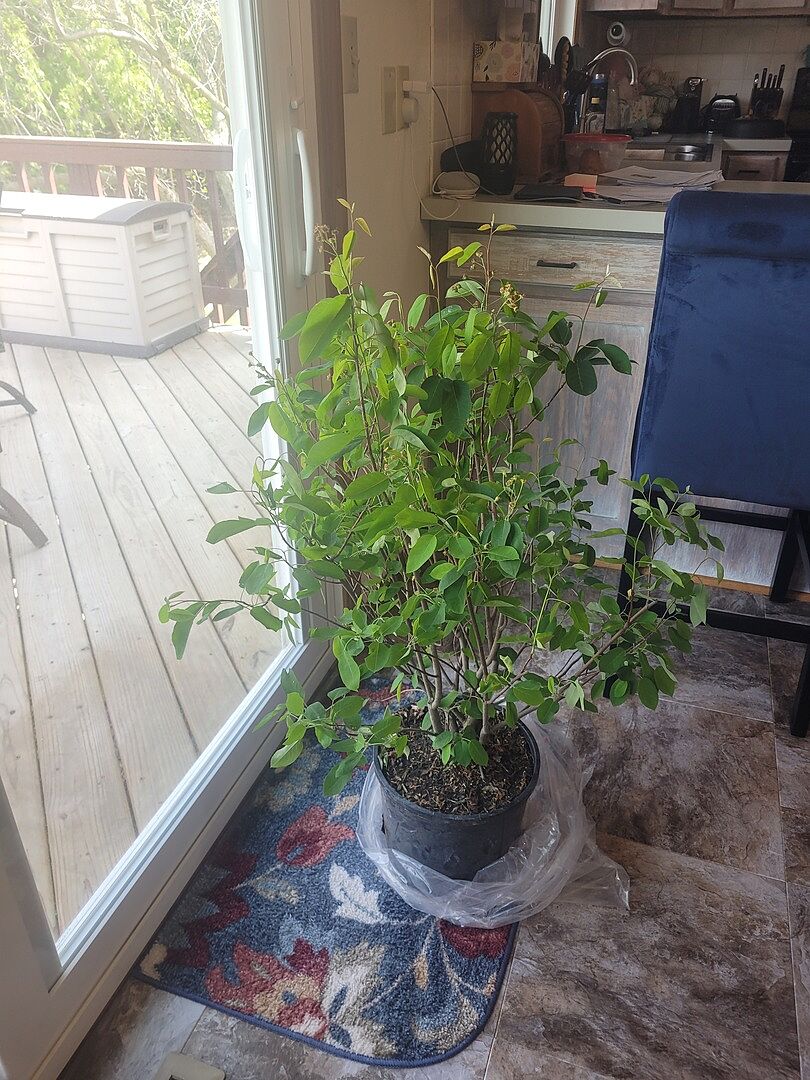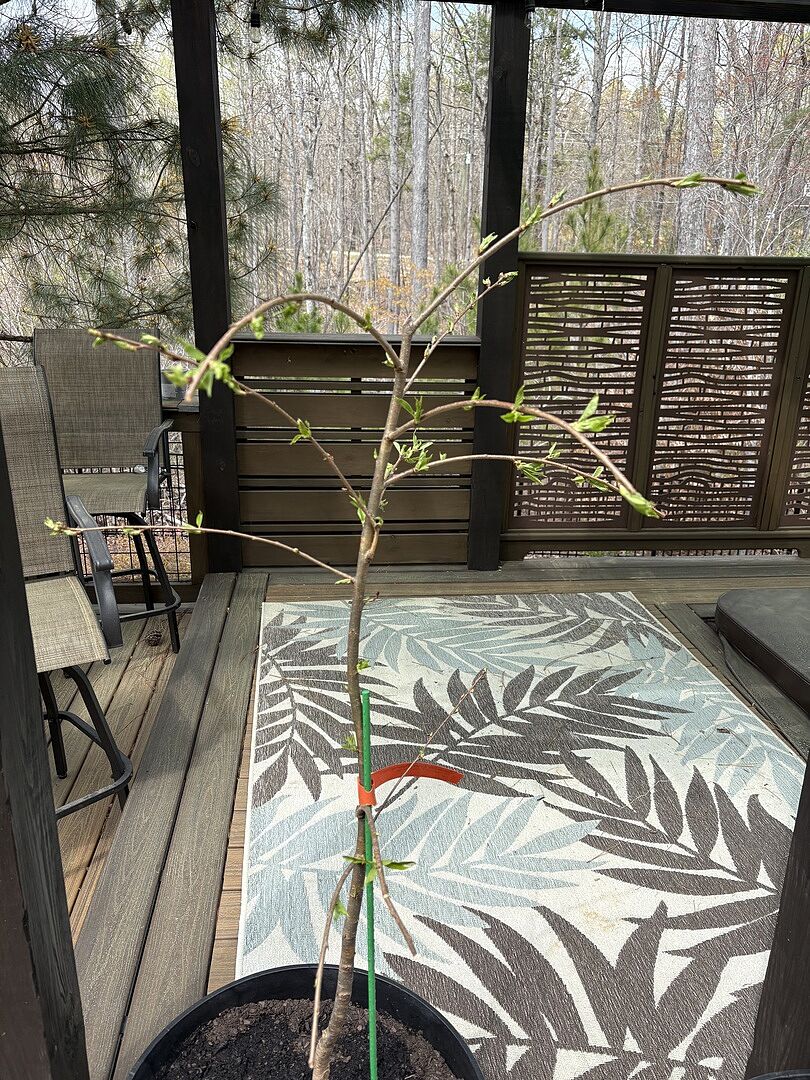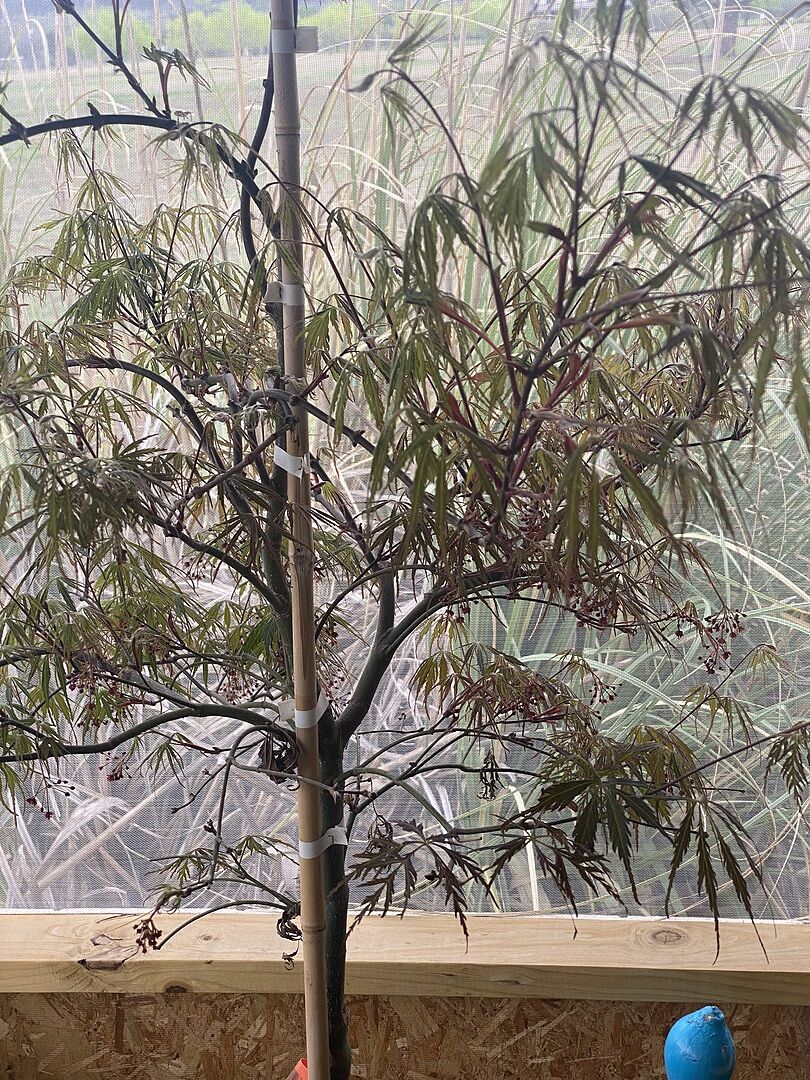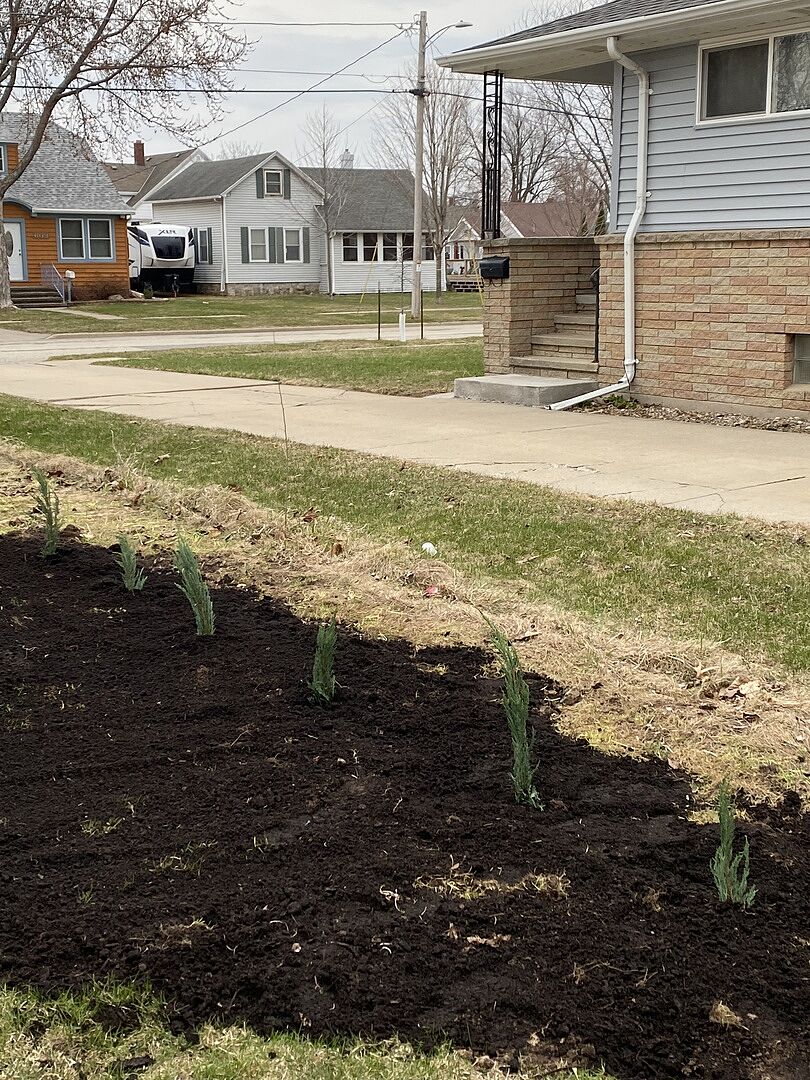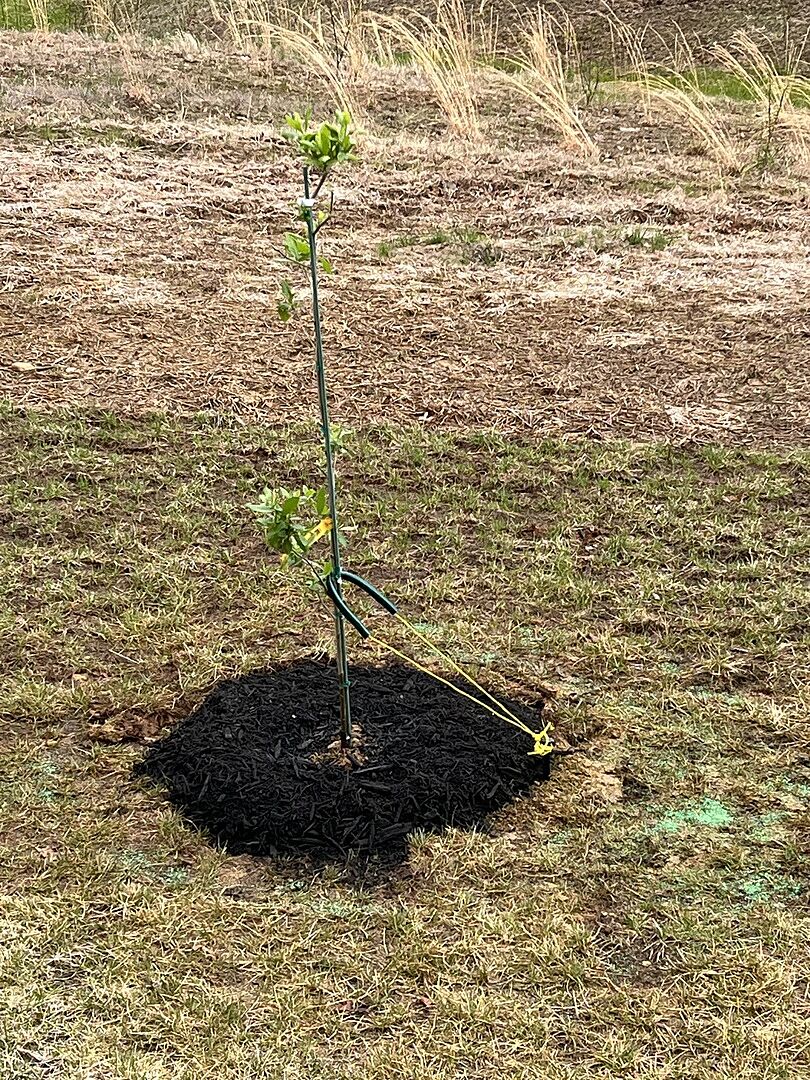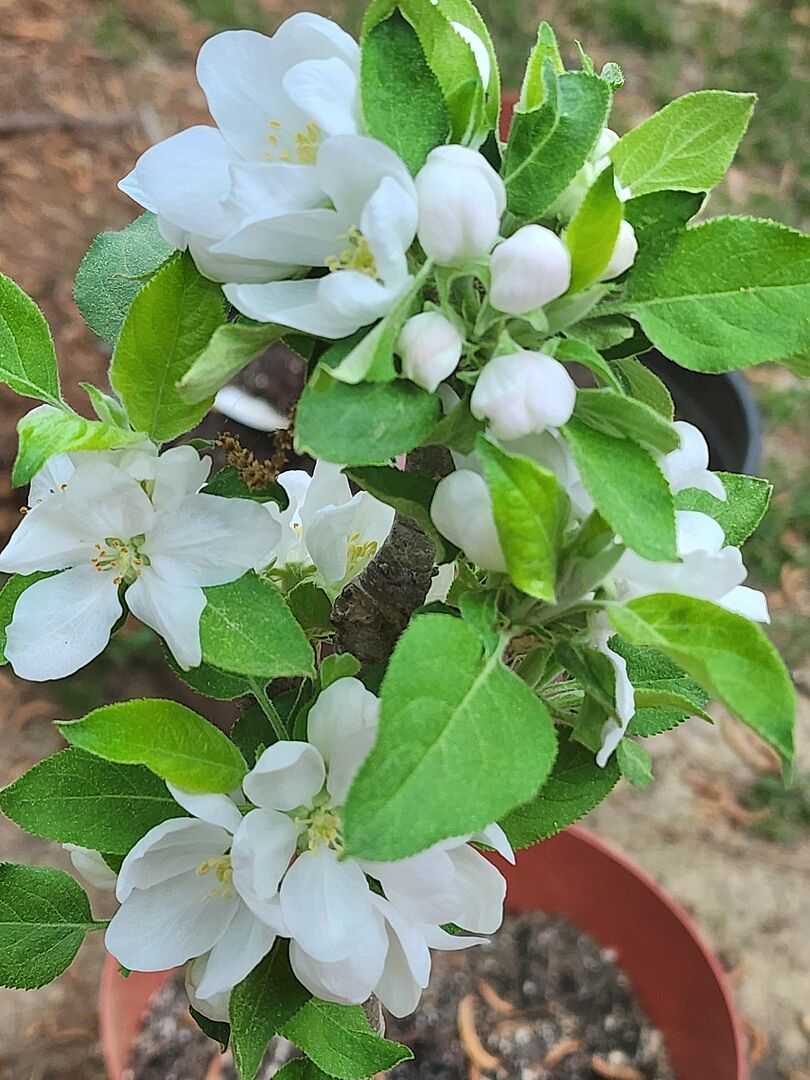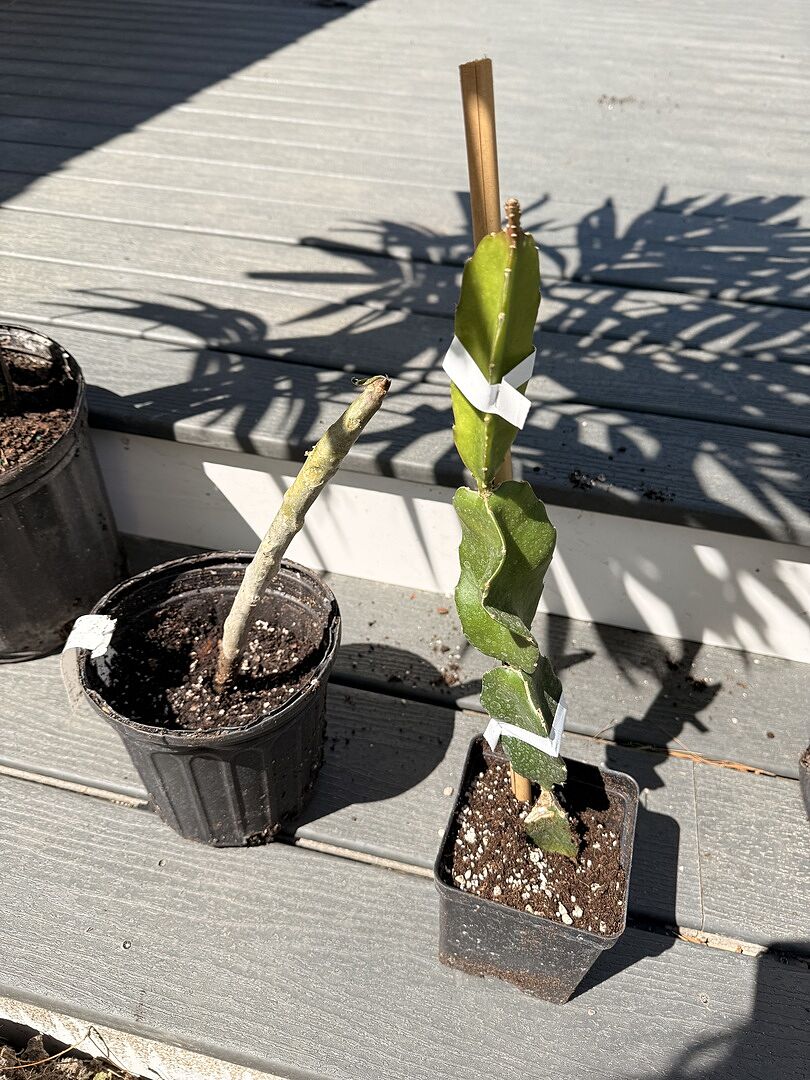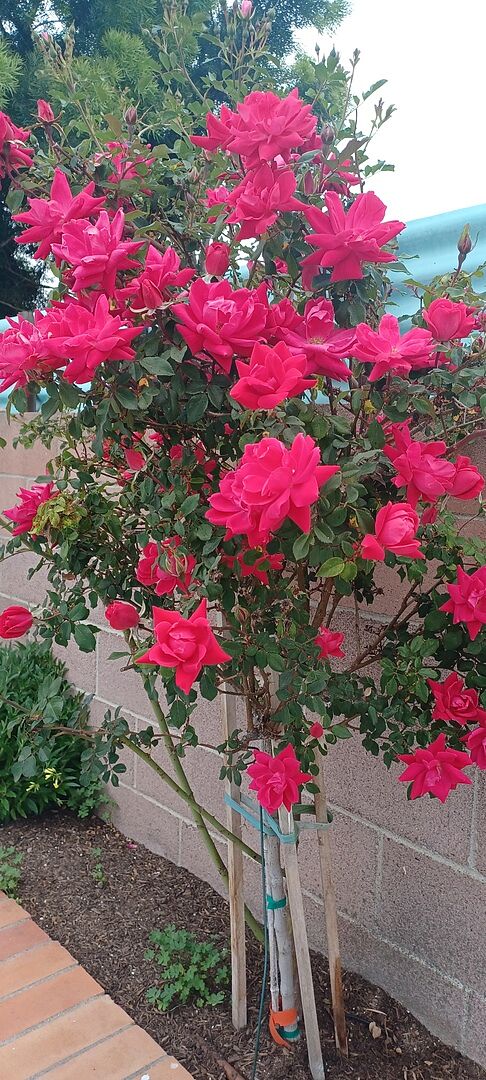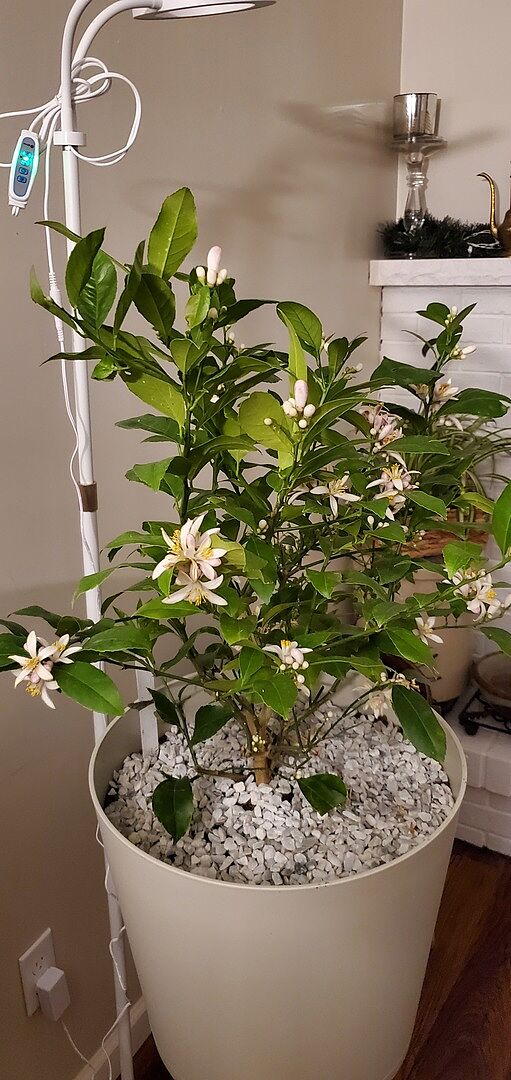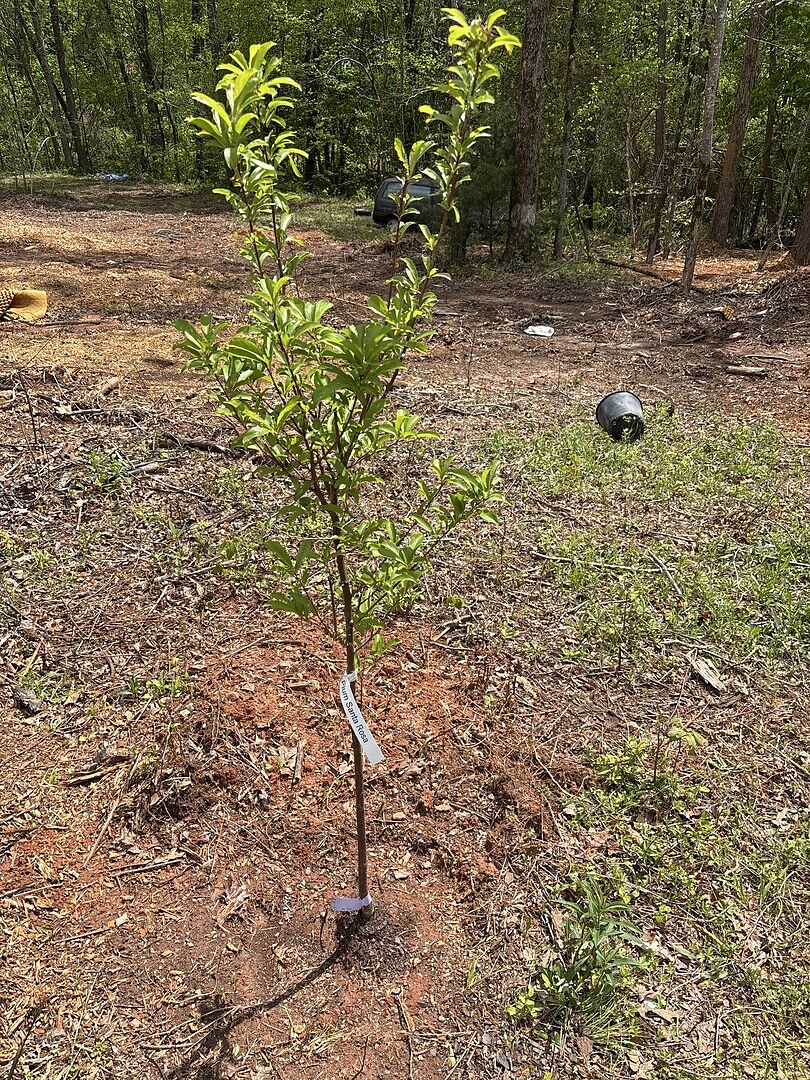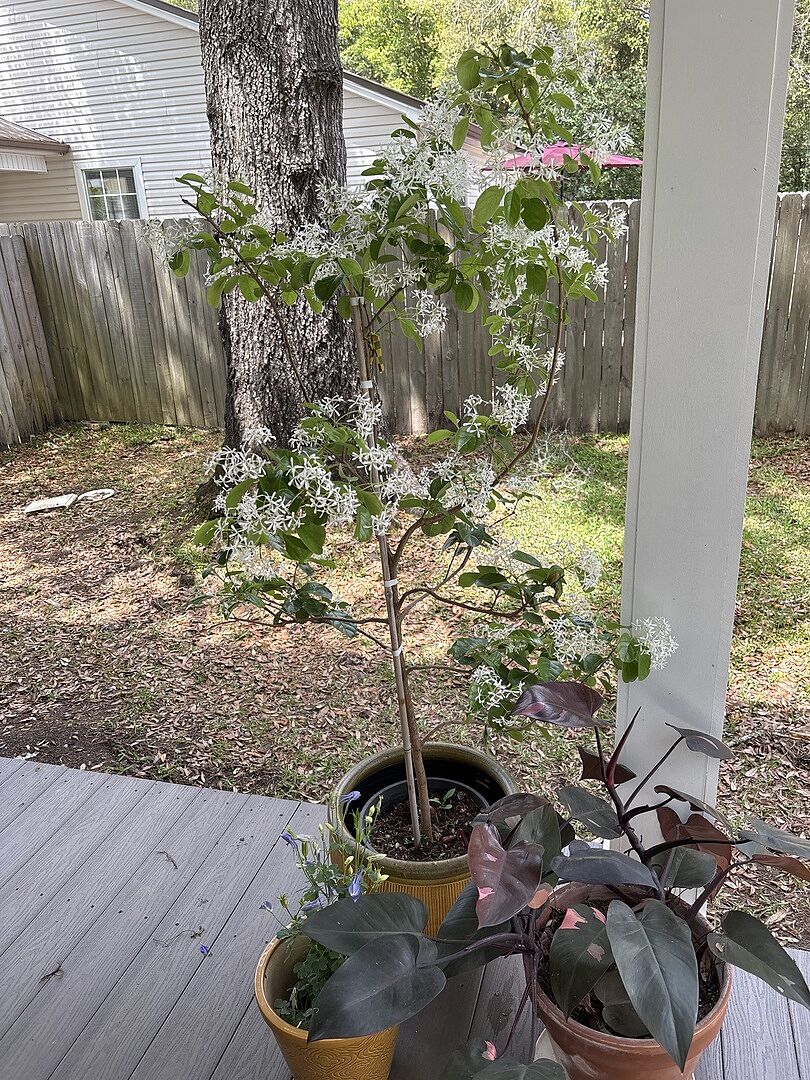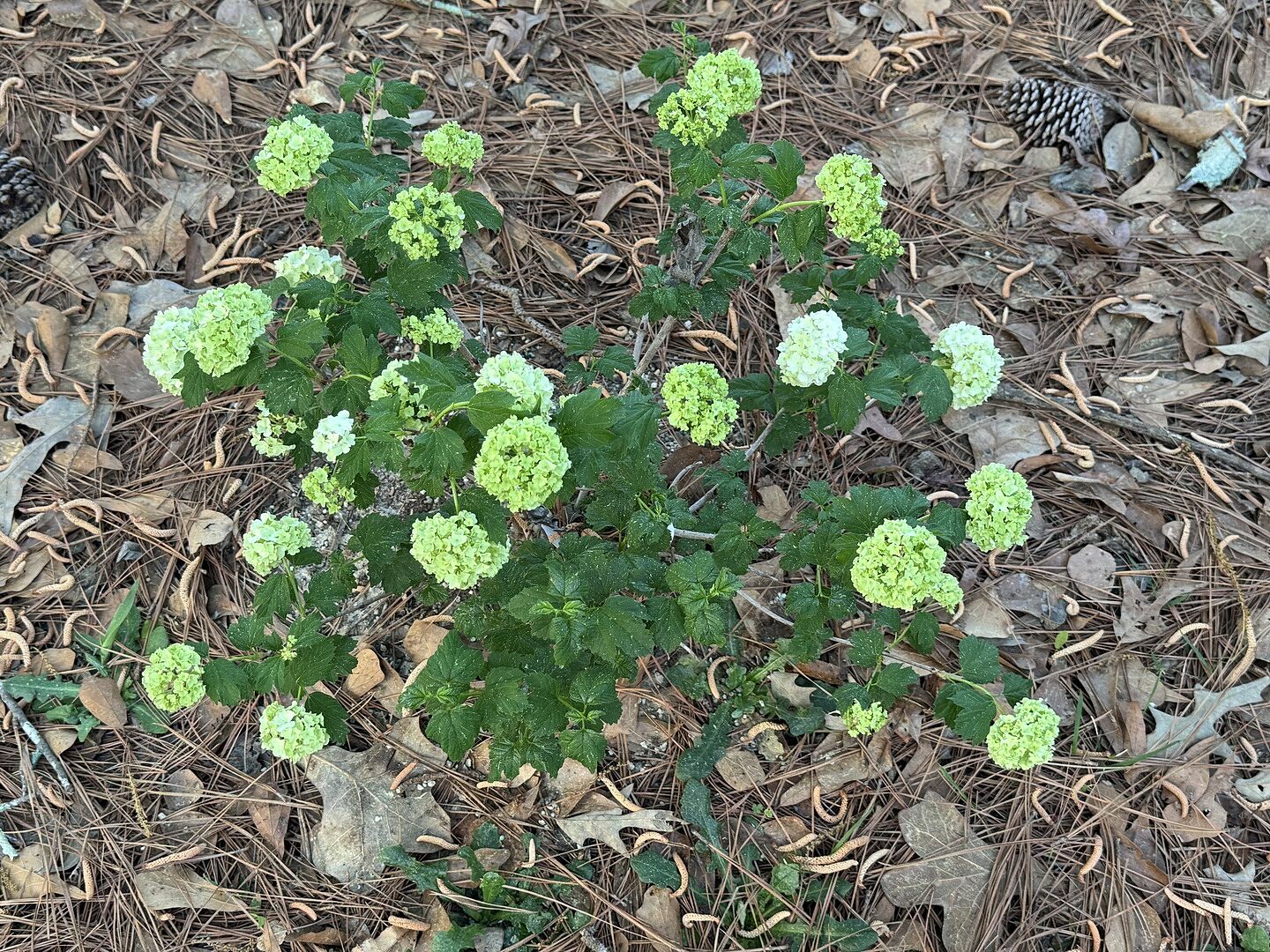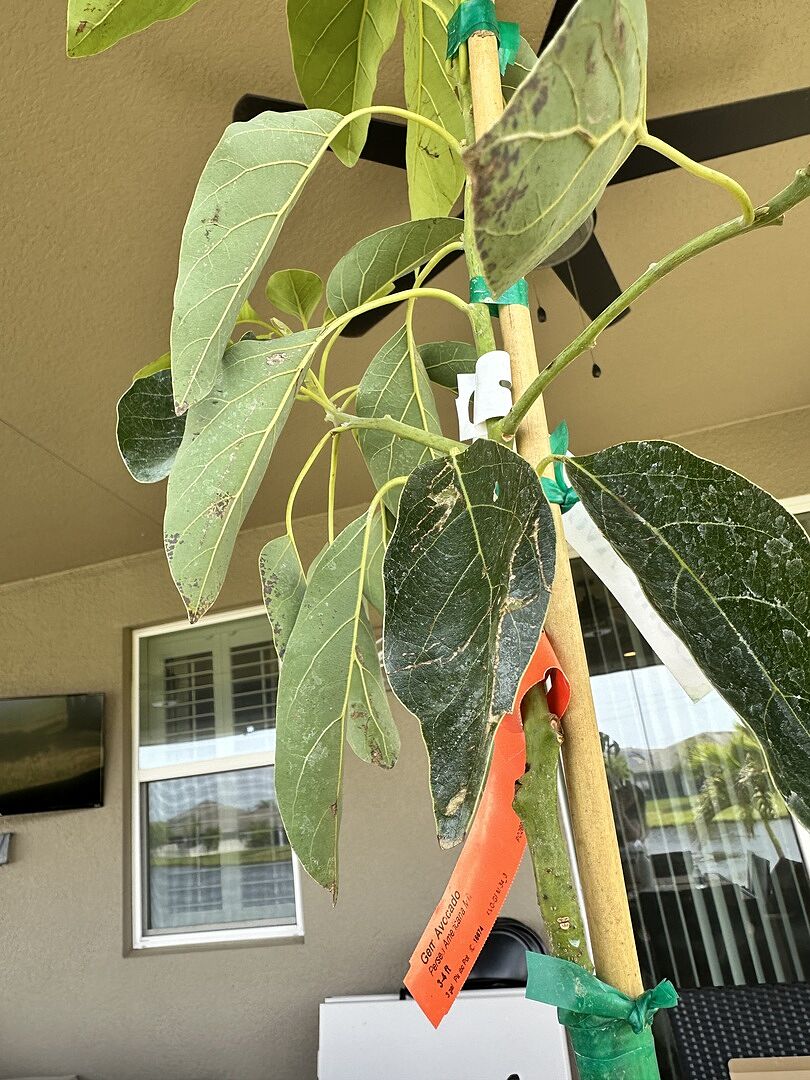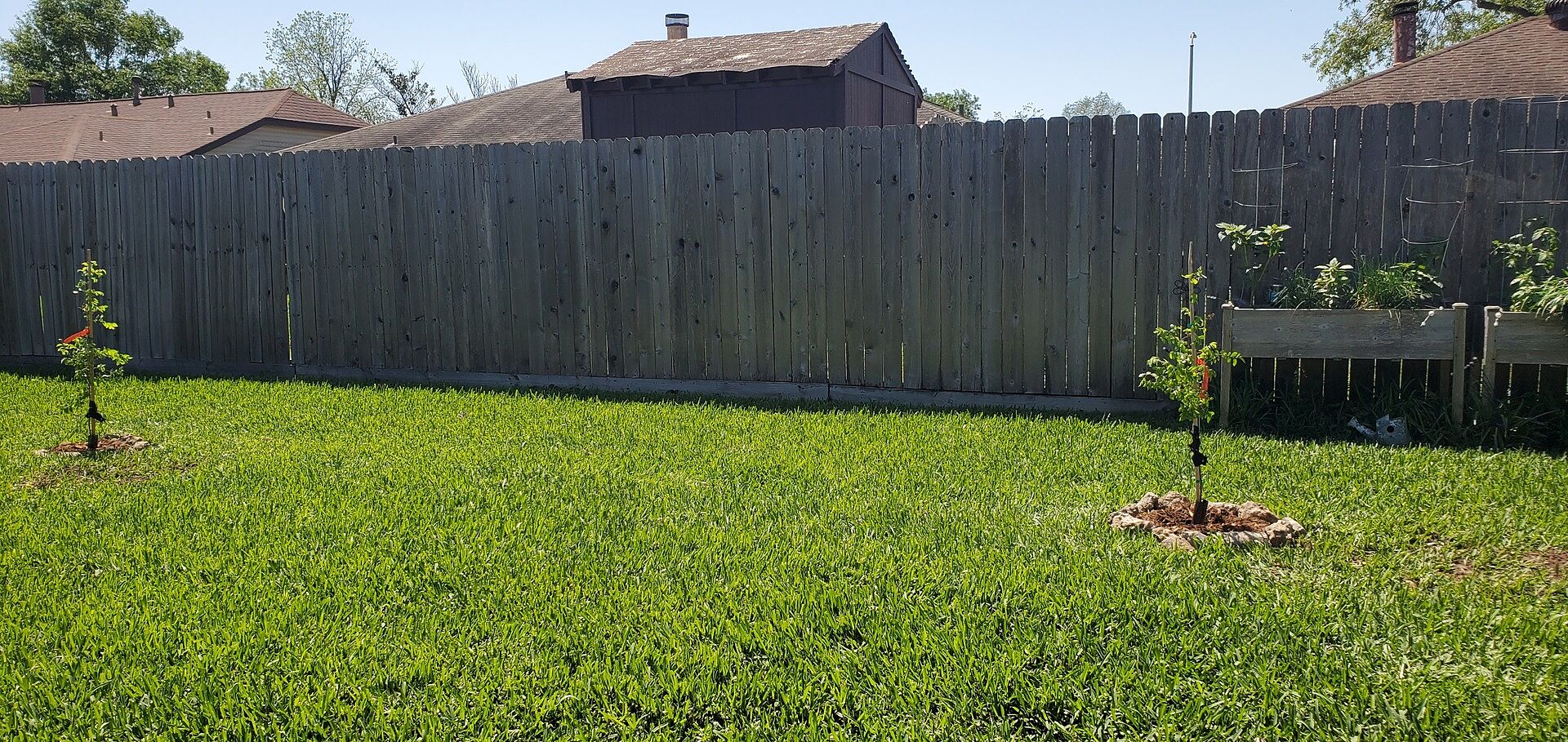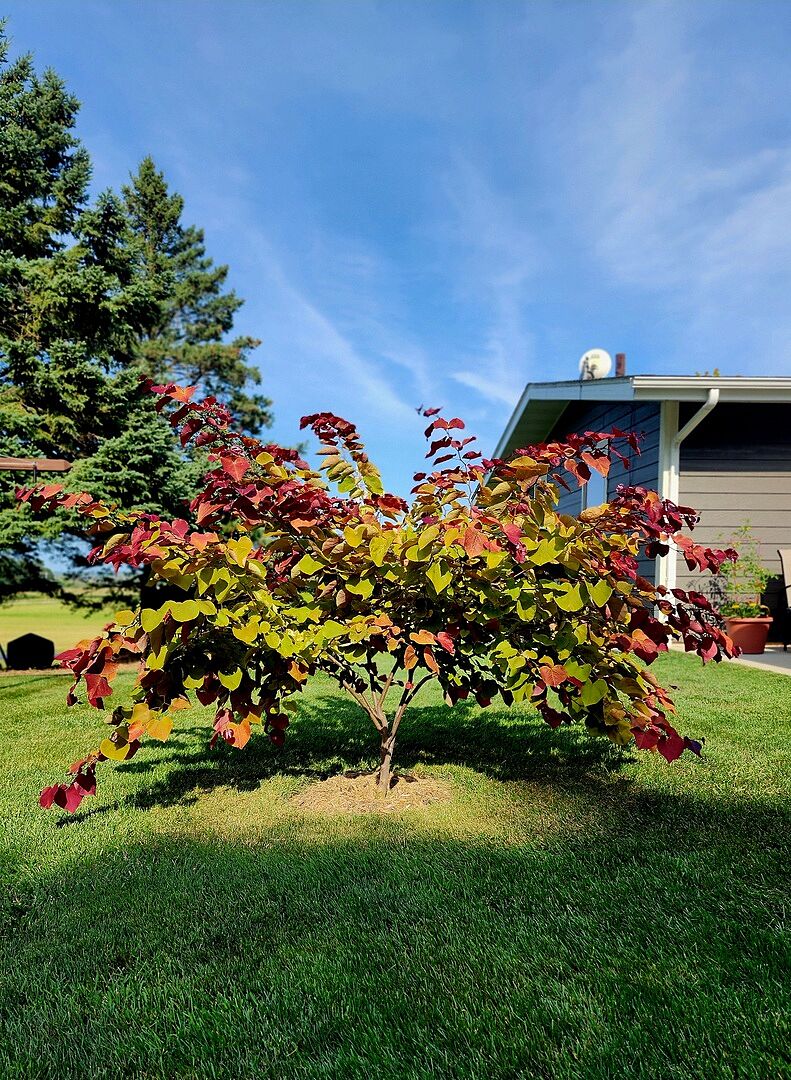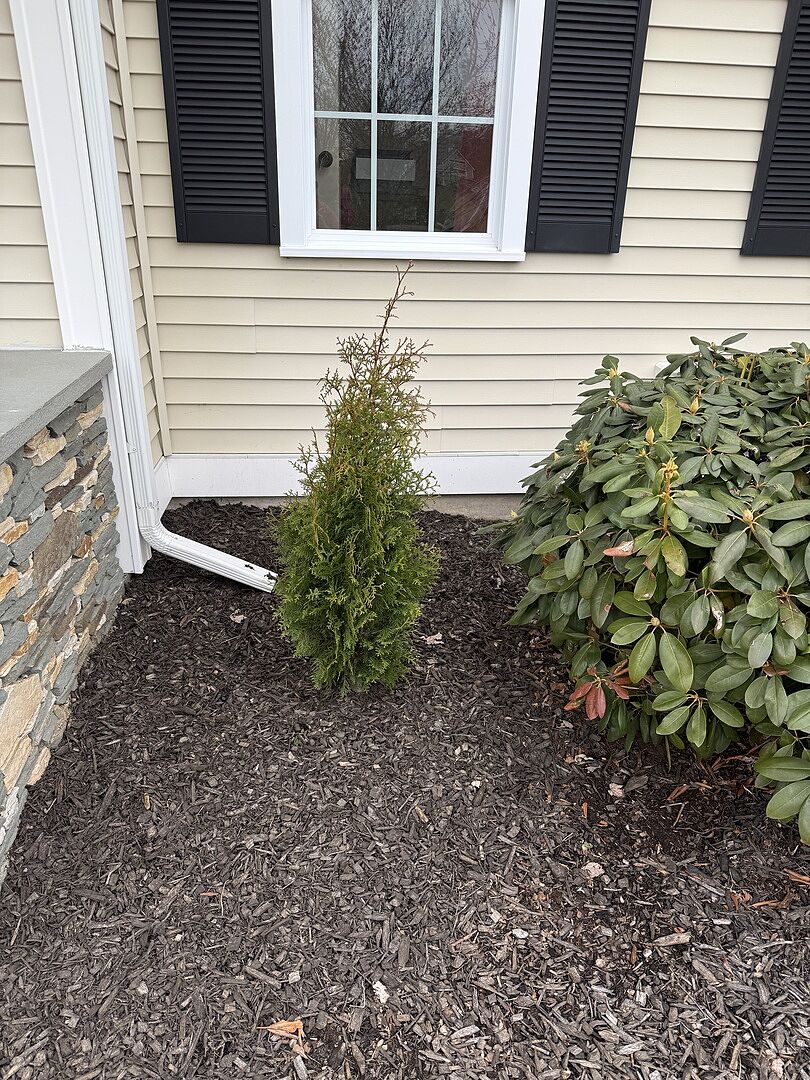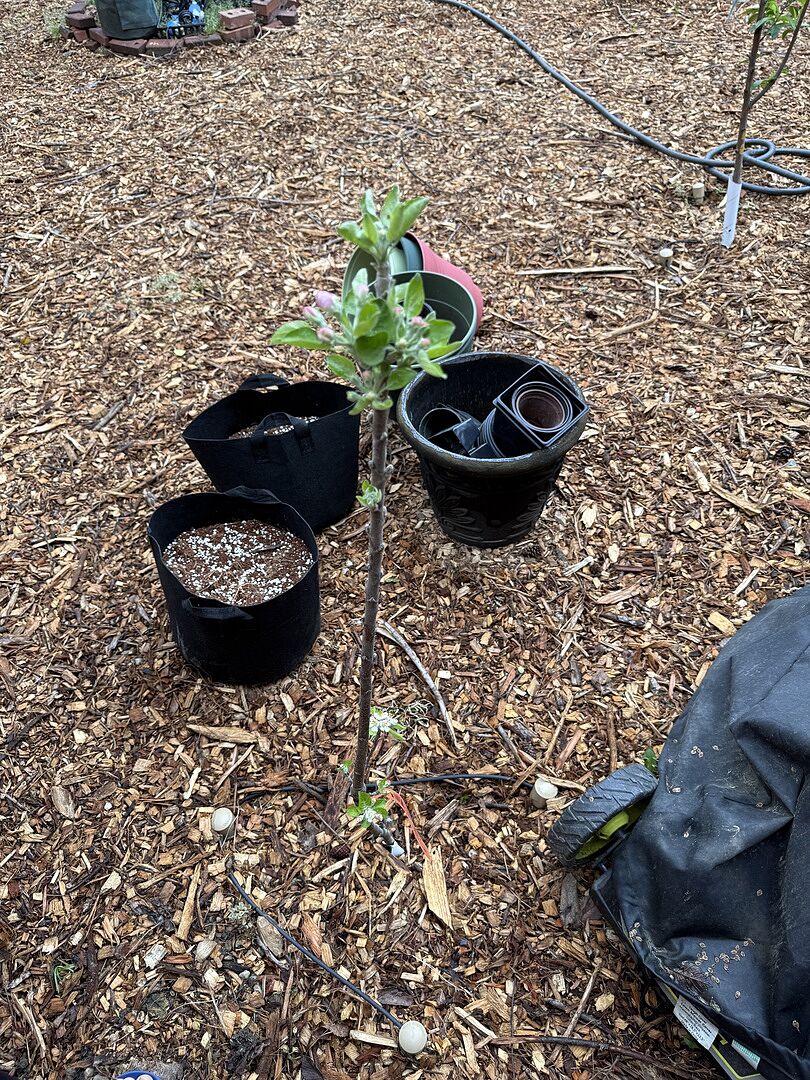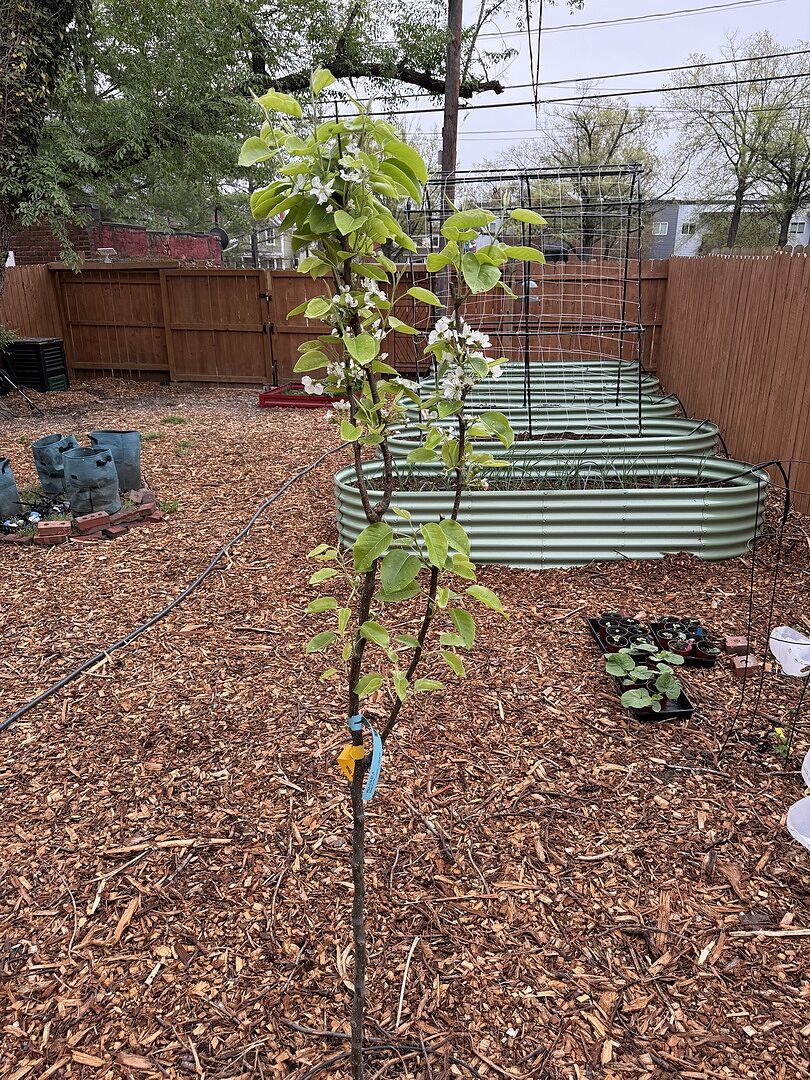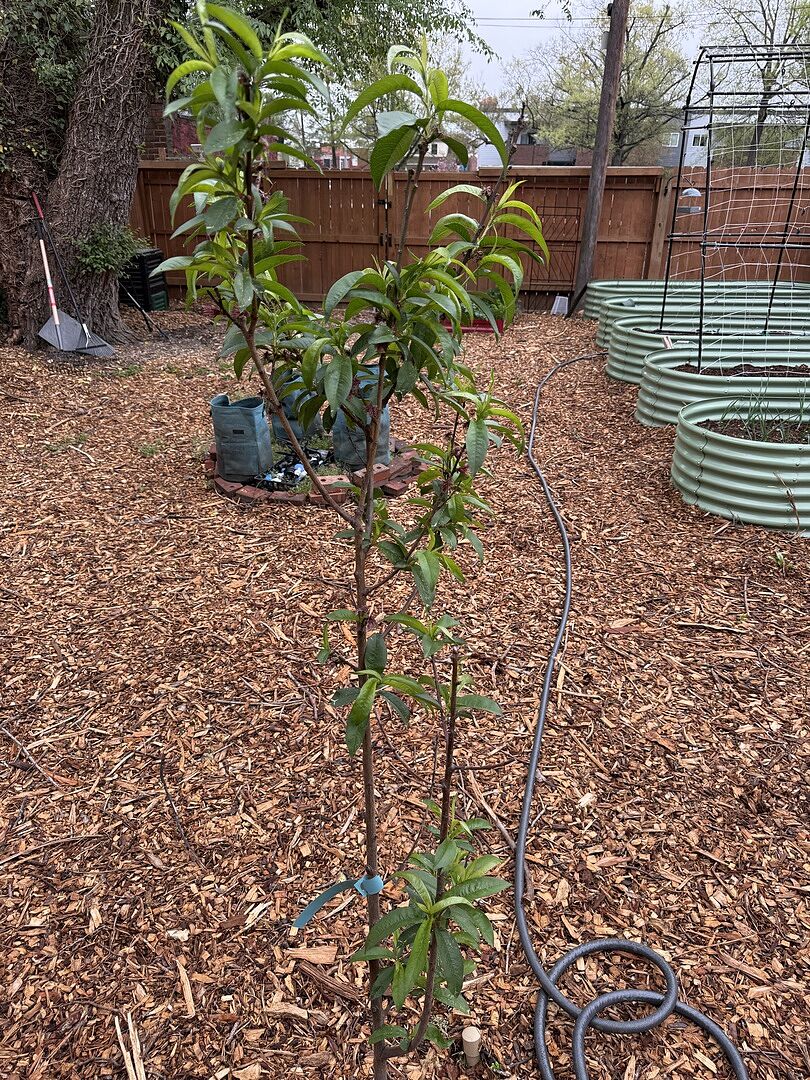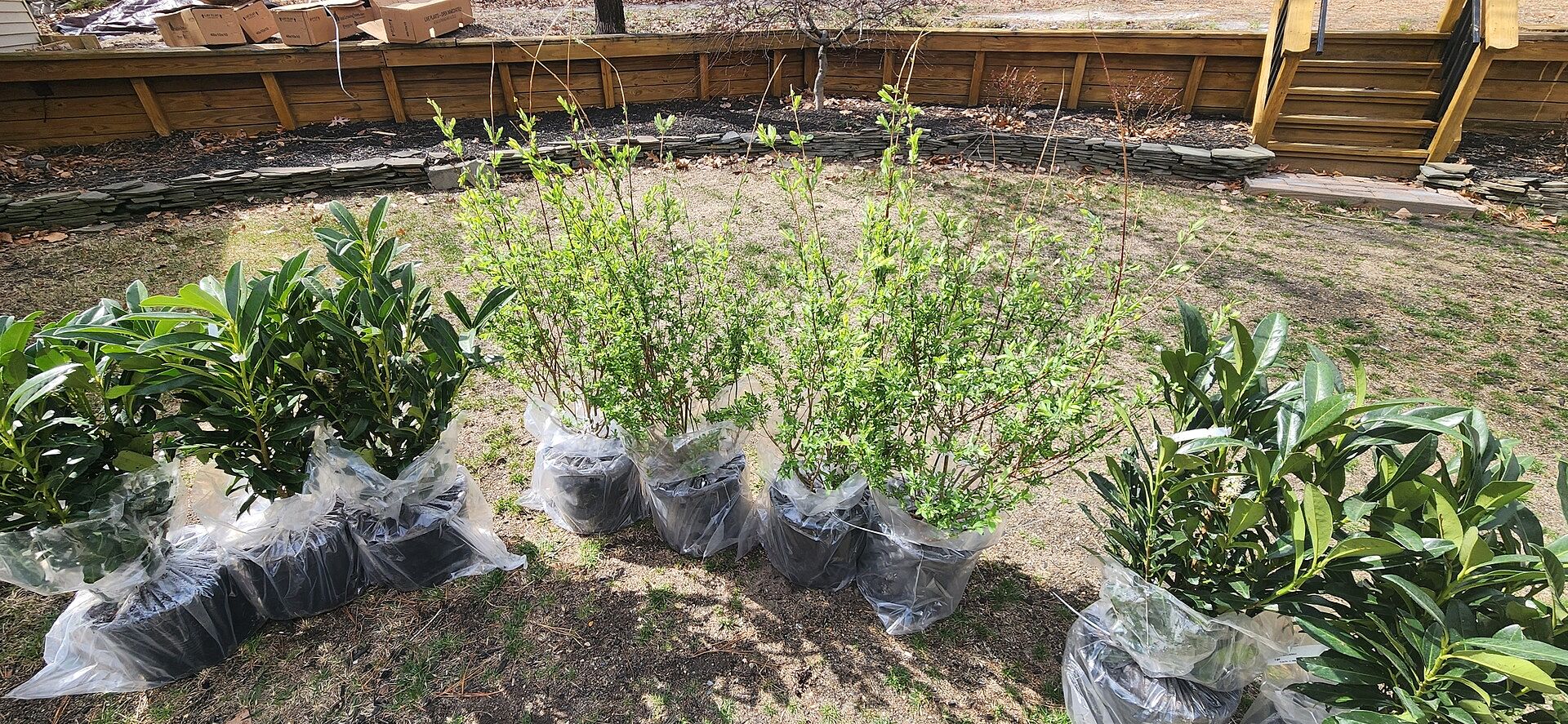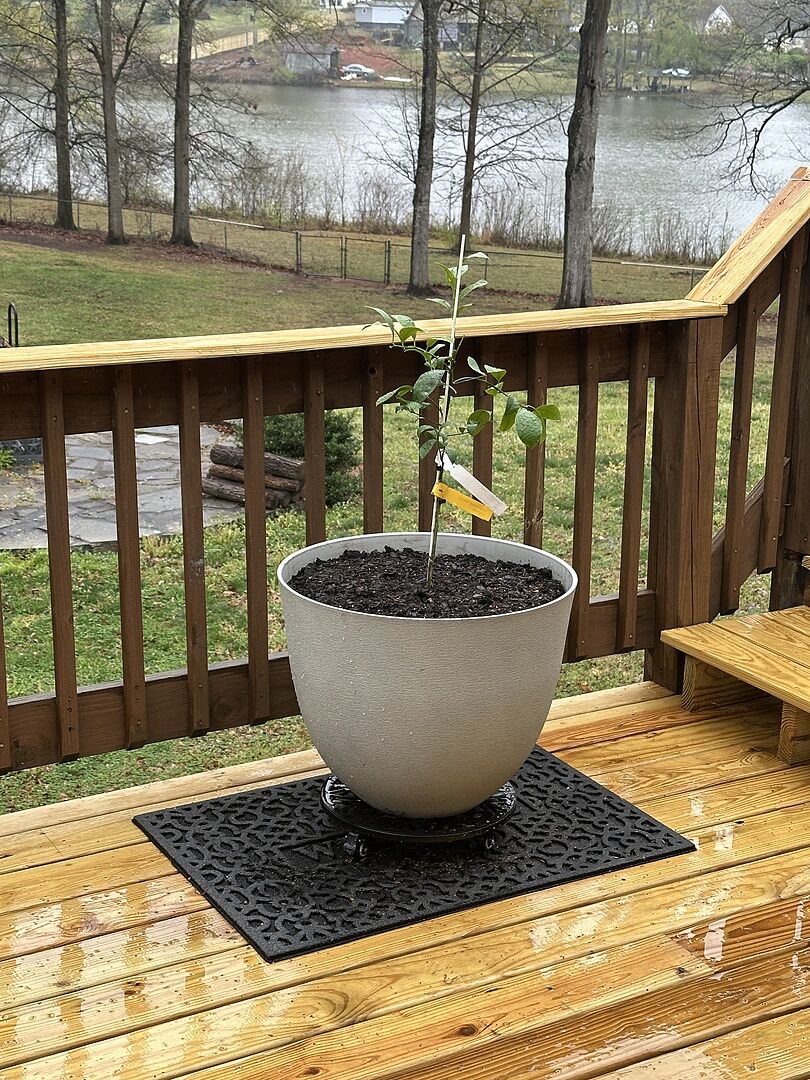The Tara Scuppernong grape (Vitis rotundifolia 'Tara') is a full sun loving, cold hardy, vine that tends to be a bit of a fast grower in comparison to most grape varieties. The quarter sized, bronze colored fruit is a favorite among winemakers with its uniquely “musky” quality and high yield. A single Tara grape vine can produce as much as 80 lbs. of fruit! This slow growing, moderately drought tolerant vine is commonly planted in USDA growing zones 7-10 and has been known to take cold snaps as low as 10 degrees once established. The Tara grape vine will mature to a height of 10-12 feet and is typically harvested in the late summer months (July to August).
Choosing a location: Your grapes will love a sunny place with well-draining soil. Grape vines are quite satisfied with six to eight hours of direct sunlight. Good drainage is required to keep your plants “happy” and a soil pH range between 5.0-7.0 is best. If your soil is heavy with clay, mix in some organic material to improve its drainage.
Planting Instructions:
1) Be sure to keep your grape vine soil moist right up to planting.
2) Dig a small hole about 6 inches wide and 4-6 inches deep. The width of the hole should allow you to spread the roots. If you are planting multiple grape vines dig your holes about 6-8 feet apart. In a situation where you have a lot of clay in the soil break up the mounded areas using a shovel.
3) Stand the plant up and carefully pack the soil back into the hole around the vine.
4) Water the vine immediately after planting with 3 gallons of water.
5) Grapes are essentially vines that grow upwards along a structure, so they will need a “trellis” for proper support and healthy growth. This is typically a wooden structure made of intertwined boards that allow the vines to wrap around them, providing a sturdy support system.
Do not use a single stake (similar to growing tomato plants) as this won’t provide enough support for your vines once they start growing.
Watering: Water regularly for the first year by giving your plants about 1 inch (1 1/2-2 gallons) a week. Directly moisten the roots but avoid spraying or misting the grapes. After the vines are a bit more established they will seldom need watering and mulching will no longer be necessary. Be watchful for leaf drop, this is a warning sign that you may be over watering.
Pollination: Most species of grape are self-fertile but a good rule of “green thumb” is to always plant in pairs. Not only will this assure you a healthy yield of fruit but it will also cover the possibility that the grapes need another separate vine for pollination to kick-start the fruiting process.
Pruning: Balanced pruning maintains the vine’s form, size, vigor, and next season’s fruiting wood. Pruning should be done when the vines are dormant in late winter or early spring. Do not prune when vines could freeze, because the new growth can be brittle and can damage easily. Leaves around the grape clusters can be removed to expose the fruit to sunlight in a short growing season. During your first growing season multiple shoots will begin to grow and the vine may become bushy. Some trim their plants back to just one or two shoots. Others prefer to let them grow so they may have a better selection to choose from during the following winter’s pruning.
During your first dormant pruning you’ll select one or two of the best canes and remove all the others. You’ll need to remove all lateral canes as well. Your goal is to achieve a balanced vine of just the right amount of leaves to fully ripen the grapes. Too much shade from vigorous leaf growth produces fewer grapes and less desirable grape qualities.
Fertilizing: Young vines may not need any fertilizer for the first two to three years. If fertilizing is necessary, apply a small amount of 10-10-10 fertilizer two to three weeks after planting, keeping it one foot away from the vine’s base. Apply only when vines appear to need it and only in early spring. Excess nitrogen can cause plants to become vegetative and not flower. Too much fertilizer can also cause possible winter damage and delay the coloring and ripening of fruit. Periodic soil testing once a year is highly recommended, this way you can see if your soil is lacking in nutrients or not.
Harvesting: Taste is the best determining factor if it’s time to harvest or not. When fruit appears, test its ripeness by picking a few grapes from different areas and tasting them. If the grapes are sweet, start picking as they ready for harvesting and eating.
Tips:
*Grapes will not continue to ripen after picking so be sure not to pick them prematurely.
*Color and size are not necessarily good indicators of ripe fruit. Only pick the fruit after you’ve tasted it and are certain it is ready.
*Grapes are certainly a multi-purpose fruit, being used for wine, baked goods, jams, and for eating fresh off the vine. A fantastic plant addition for any fruit lover!























